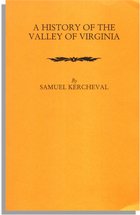Dollarhide’s Genealogy Rule #23: Locating the county where your ancestor lived is the first step in finding records about the time he was hauled into court for shooting his neighbor’s dog, threatening the census taker with a shotgun, or making illegal corn whiskey behind the barn. A 90-Percent Chance Since the first colonists came to[…]Read more






